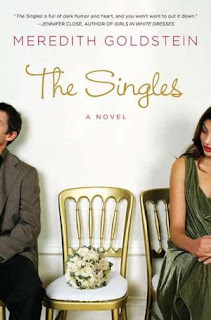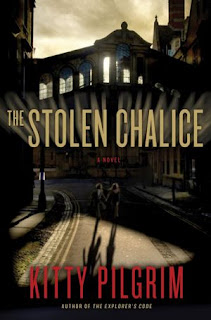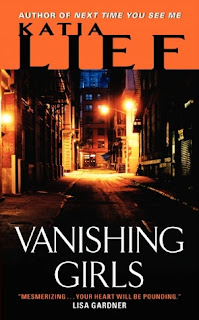 Nickson spent 30 years living in the US, playing in bands and writing. He's made a living as a writer since 1994. Much of his work has been music journalism, combining the twin passions of music and writing, specializing in world and roots music. He's the author of The NPR Casual Listener's Guide to World Music and dozens of other non-fiction books, most of them quickie biographies.
Nickson spent 30 years living in the US, playing in bands and writing. He's made a living as a writer since 1994. Much of his work has been music journalism, combining the twin passions of music and writing, specializing in world and roots music. He's the author of The NPR Casual Listener's Guide to World Music and dozens of other non-fiction books, most of them quickie biographies.Nickson applied the Page 69 Test to The Constant Lovers, the latest of his Leeds novels featuring Richard Nottingham, and reported the following:
Is Page 69 typical of the book? Hard to say. It’s a small encounter between Nottingham and the sister of a man who’s committed suicide. She’s hoping he might pronounce it as something else to save the family’s reputation.Learn more about the book and author at Chris Nickson's website, and view the book trailer for The Constant Lovers.
But it’s one small cog in something much bigger, each turned leading to something else. That’s the way of a mystery, especially one set in the 18th century when there are no forensics. My protagonists discover things by talking to people and using their wits – what’s often called old-fashioned detective work. As a writer, I find that much more satisfying. I steer away from too much explicit gore. It’s there, but hinted at so the reader’s mind creates the fuller picture, and can be more effective and gruesome than any words on the page.
It’s representative in that family is at the heart of most things in my books – an idea culled from the late, great Ross MacDonald, who used families and their dysfunctions to such brilliant effect in his books.
My Book, The Movie: The Constant Lovers.
--Marshal Zeringue
























